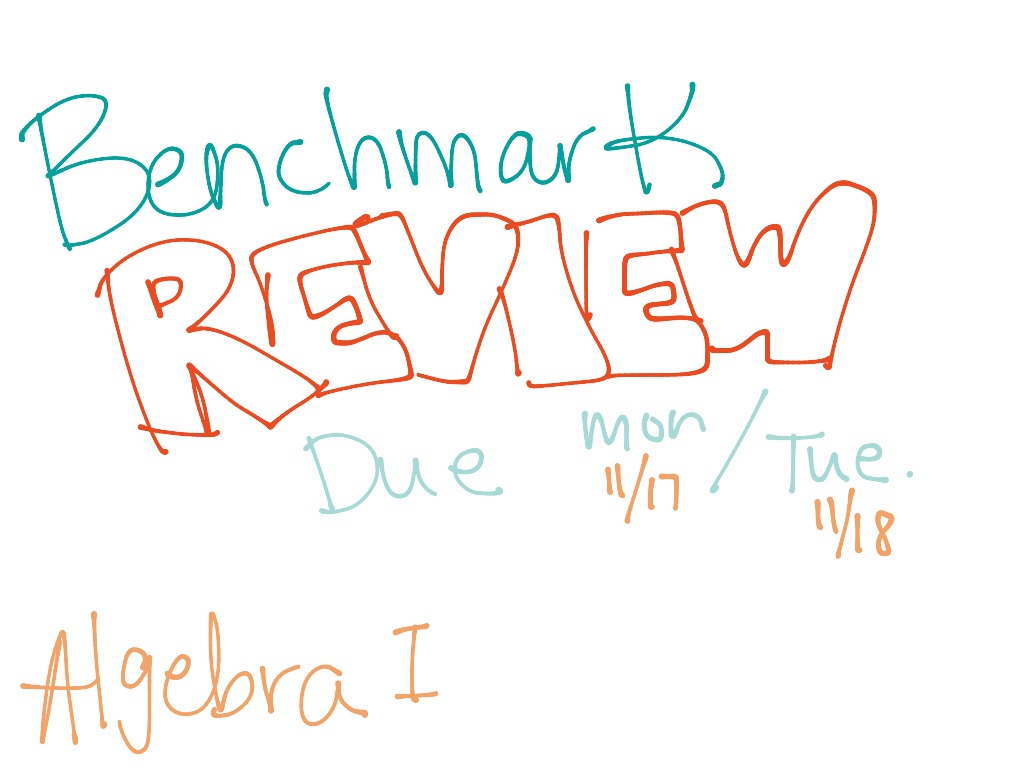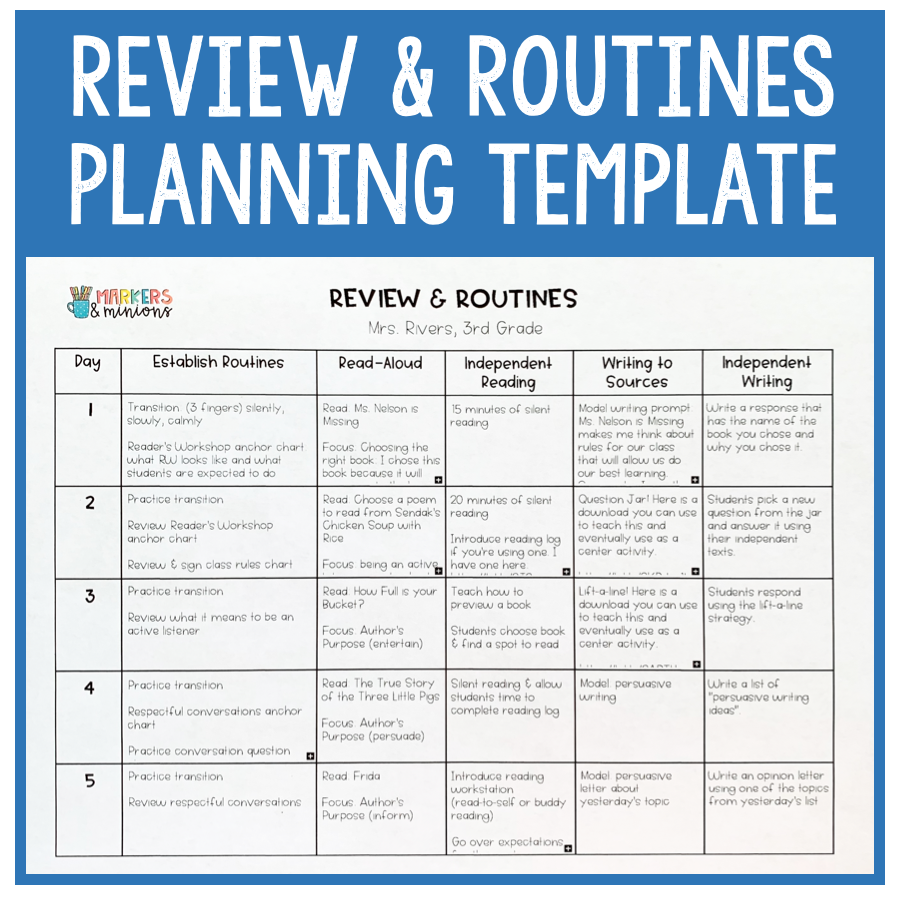Benchmark Review is a comprehensive evaluation of performance metrics. It provides insights into system capabilities and efficiency.
Benchmark reviews help businesses and individuals assess the performance of various systems or components. These evaluations compare different products, software, or hardware to industry standards. By doing so, they highlight strengths, weaknesses, and areas for improvement. Companies use benchmark reviews to make informed decisions about investments and upgrades.
Consumers benefit from these reviews by identifying the best options available. Detailed analysis and data-driven insights ensure accuracy and reliability. Benchmark reviews are essential tools for maintaining competitiveness and achieving optimal performance. They contribute significantly to technological advancements and informed choices in the marketplace.
Introduction To Performance Metrics
Performance metrics are essential in understanding how well systems perform. These metrics provide insights into efficiency, reliability, and scalability. By analyzing these metrics, businesses can optimize their processes and achieve better results.
Importance Of Metrics
Metrics help identify strengths and weaknesses in a system. They provide a clear picture of system performance. Businesses can make informed decisions based on these metrics. Metrics also help in tracking progress over time.
- Identify areas for improvement
- Measure the impact of changes
- Set performance benchmarks
- Ensure resources are used effectively
Common Performance Indicators
Several performance indicators are used to measure system performance. Each indicator provides different insights.
| Indicator | Description |
|---|---|
| Response Time | The time taken to respond to a request. |
| Throughput | The number of transactions processed in a given time. |
| Error Rate | The percentage of failed transactions. |
| Resource Utilization | The amount of resources used by the system. |
Understanding these indicators is crucial for system optimization. Each metric tells a part of the performance story.
- Response Time: Indicates user experience quality.
- Throughput: Reflects system capacity and efficiency.
- Error Rate: Helps in identifying reliability issues.
- Resource Utilization: Ensures optimal use of resources.

Credit: www.reddit.com
Cpu Performance
CPU performance is key for computer efficiency. It impacts gaming, productivity, and everyday tasks. Understanding the core aspects helps in making informed decisions.
Clock Speed
Clock speed measures how fast a CPU can execute instructions. It is measured in gigahertz (GHz). Higher clock speed means faster performance.
Modern CPUs range between 2.5 GHz to 5.0 GHz. For gaming or video editing, higher clock speeds are beneficial. Look at the table below for a quick comparison:
| CPU Model | Clock Speed (GHz) |
|---|---|
| Intel i9-11900K | 3.5 – 5.3 |
| AMD Ryzen 9 5950X | 3.4 – 4.9 |
Core Count
Core count indicates how many cores a CPU has. More cores allow a CPU to handle multiple tasks simultaneously. This is important for multitasking and running complex applications.
Here are some examples:
- Dual-core: Suitable for basic tasks.
- Quad-core: Good for gaming and standard use.
- Hexa-core: Ideal for advanced tasks and multitasking.
- Octa-core and above: Best for professional and heavy-duty applications.
Here is a quick comparison:
| CPU Model | Core Count |
|---|---|
| Intel i5-11600K | 6 |
| AMD Ryzen 7 5800X | 8 |
Memory Efficiency
Memory efficiency is crucial for system performance. It affects how fast applications run. Understanding memory efficiency helps you choose the right hardware. This section covers RAM Capacity and Latency.
Ram Capacity
RAM Capacity determines how much data your system can handle simultaneously. More RAM allows for more applications to run smoothly. Below is a table showing RAM capacity options.
| RAM Capacity | Suitable For |
|---|---|
| 4 GB | Basic tasks like browsing |
| 8 GB | Moderate tasks like gaming |
| 16 GB | Heavy tasks like video editing |
| 32 GB | Professional tasks like software development |
Latency
Latency measures the delay before data transfer begins. Lower latency means faster performance. Check your system’s latency to ensure optimal performance.
- CAS Latency (CL): Lower is better. Common values are CL16, CL18.
- Row Cycle Time (tRC): Shorter time improves efficiency.
- RAS to CAS Delay (tRCD): Less delay enhances speed.
Understanding these latency terms helps you make better decisions. Choose RAM with low latency for faster performance.

Credit: www.showme.com
Storage Speed
One of the most important aspects of computer performance is storage speed. Whether you’re gaming, editing videos, or just browsing, storage speed impacts how quickly your system operates. In this section, we will delve into two main aspects of storage speed: Read/Write Speeds and the comparison between SSD vs HDD.
Read/write Speeds
Read/Write speeds determine how fast data is accessed and saved. Faster read speeds mean quicker access to files. Faster write speeds mean quicker saving of files. These speeds are measured in MB/s (megabytes per second).
| Storage Type | Read Speed (MB/s) | Write Speed (MB/s) |
|---|---|---|
| Standard HDD | 80-160 | 80-160 |
| Standard SSD | 500-550 | 450-500 |
| NVMe SSD | 2500-3500 | 2000-3000 |
Ssd Vs Hdd
SSD (Solid State Drive) and HDD (Hard Disk Drive) are two main types of storage. SSDs are faster, lighter, and more durable. HDDs are cheaper and offer more storage capacity.
- SSD:
- Faster read/write speeds
- More durable
- Higher cost per GB
- HDD:
- Slower read/write speeds
- Less durable
- Lower cost per GB
For tasks like video editing and gaming, an SSD is ideal. For storing large files cheaply, an HDD is better. Balancing cost and performance is key when choosing between SSD and HDD.
Graphics Processing
Graphics processing is essential for a smooth gaming experience. It also supports demanding creative applications. The graphics processing unit (GPU) is the core of this functionality. This section examines GPU performance and the importance of VRAM.
Gpu Performance
GPU performance is crucial for rendering detailed graphics. It affects frame rates and overall visual quality. High-performance GPUs offer faster processing and smoother gameplay.
- Clock Speed: Higher clock speeds mean quicker data processing.
- Core Count: More cores can handle complex tasks efficiently.
- Architecture: Modern architectures deliver better performance.
Consider these factors for a seamless experience. A powerful GPU enhances both gaming and professional workflows.
Vram Importance
VRAM stands for Video Random Access Memory. It stores image data for quick access. More VRAM allows for higher resolution textures and better performance.
| VRAM Capacity | Use Case |
|---|---|
| 2-4 GB | Basic gaming and everyday tasks |
| 6-8 GB | 1080p gaming and moderate creative work |
| 10-12 GB | 4K gaming and advanced applications |
Higher VRAM is essential for new games and applications. It ensures smooth performance and better visuals.
Network Throughput
Network throughput measures the data transferred over a network in a given time. It is crucial for evaluating network performance. A higher throughput indicates a more efficient network. Understanding network throughput helps in optimizing network capabilities.
Bandwidth
Bandwidth is the capacity of a network to handle data. It is measured in bits per second (bps). Higher bandwidth means more data can be transferred. This is critical for streaming, downloading, and uploading large files.
For example, a network with 100 Mbps bandwidth can transfer 100 million bits per second. Bandwidth can be affected by several factors:
- Network hardware
- Network congestion
- Signal strength
Latency
Latency is the delay before a transfer of data begins. It is measured in milliseconds (ms). Lower latency is better for real-time applications like video calls and online gaming.
High latency can cause delays and interruptions. Factors affecting latency include:
- Distance between source and destination
- Number of hops (routers) between source and destination
- Network congestion
Understanding latency helps in troubleshooting and improving network performance.
Energy Consumption
Energy consumption is a critical factor in evaluating technology. It impacts both the environment and your electricity bills. Understanding how much power a device uses helps make better choices.
Power Efficiency
Power efficiency is about how well a device uses energy. A more efficient device does more work with less power. This saves money and reduces environmental impact.
Consider two laptops. Laptop A uses 50 watts per hour. Laptop B uses 30 watts per hour. Laptop B is more power-efficient.
| Device | Power Usage (Watts/hour) | Efficiency |
|---|---|---|
| Laptop A | 50 | Less Efficient |
| Laptop B | 30 | More Efficient |
Thermal Management
Thermal management keeps devices from overheating. Overheating can cause damage and reduce lifespan. Good thermal management ensures the device stays cool.
Devices use fans, heat sinks, or liquid cooling systems for thermal management. A laptop with a well-designed cooling system stays cooler and lasts longer.
Effective cooling systems use less power and improve efficiency. This also makes the device quieter.
- Fans: Move air to cool components.
- Heat Sinks: Absorb and disperse heat.
- Liquid Cooling: Uses liquid to transfer heat away.
User Experience
The user experience of any product is crucial. It determines how users feel while interacting with it. In this section, we will evaluate key aspects of the user experience. Focus will be on Responsiveness and Interface Smoothness.
Responsiveness
A responsive interface adapts to different devices. It ensures the product works well on all screen sizes. Let’s break down the key factors:
- Loading Time: A fast-loading page keeps users engaged.
- Touch Sensitivity: It should respond quickly to touch.
- Layout Adaptation: The layout must adjust to different screens.
We tested the responsiveness across various devices. Here’s what we found:
| Device | Loading Time | Touch Sensitivity | Layout Adaptation |
|---|---|---|---|
| Mobile | 1.5 seconds | High | Excellent |
| Tablet | 2 seconds | High | Very Good |
| Desktop | 1 second | NA | Excellent |
Interface Smoothness
The smoothness of the interface is vital. It affects user satisfaction. Here are the main points:
- Animation Fluidity: Smooth animations make interactions pleasant.
- Transition Effects: Seamless transitions enhance the experience.
- Lag-Free Performance: No lags ensure a smooth experience.
We evaluated the interface smoothness on different criteria:
- Scrolling: Scrolling should be fluid without any jerkiness.
- Navigation: The navigation between pages must be seamless.
- Feedback: User actions should get immediate visual feedback.
Our findings indicate the interface is smooth in most scenarios. Users will enjoy their interaction with the product.

Credit: www.youtube.com
Frequently Asked Questions
What Is A Benchmark Review?
A benchmark review evaluates the performance of a product or service. It compares it to industry standards or competitors. This helps in identifying strengths and weaknesses.
Why Are Benchmark Reviews Important?
Benchmark reviews provide insights into product performance. They help in making informed decisions. They also highlight areas for improvement.
How To Conduct A Benchmark Review?
To conduct a benchmark review, gather data on key performance metrics. Compare these metrics against industry standards. Analyze the results to identify gaps.
What Factors Are Considered In Benchmark Reviews?
Factors include performance, reliability, and user satisfaction. Cost-effectiveness and efficiency are also important. These factors help in a comprehensive evaluation.
Conclusion
Benchmark reviews provide valuable insights into performance standards. These evaluations help businesses and individuals make informed decisions. Understanding benchmarks can lead to improved strategies and better results. Stay updated with the latest reviews to maintain a competitive edge. Keep benchmarking to ensure continued growth and success in your endeavors.

